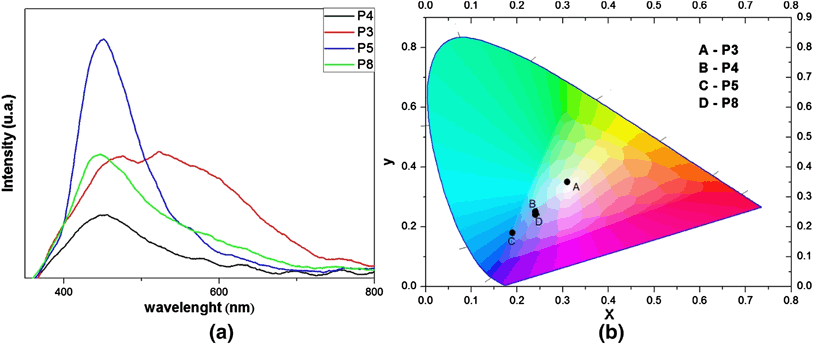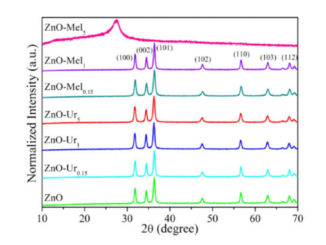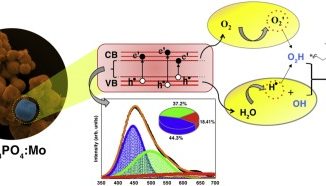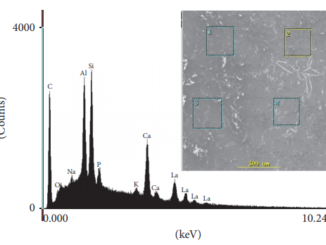
Photoluminescence and photocatalytic properties of Ag/AgCl synthesized by sonochemistry: statistical experimental design
Abstract: Silver chloride (AgCl) particles were produced by sonochemistry synthesis. The effect of the variables such as the time of synthesis, amount of surfactant and reagent in the photocatalytic property of AgCl have were all investigated. AgCl particles became well known for their high photocatalytic activity and their plasmonic properties because of the metallic silver on their surface. In this study, AgCl particles were prepared with sodium chloride (NaCl), polyvinylpyrrolidone and silver nitrate (AgNO3), using a full 23 factorial design and three central points, resulting in 11 experiments. The synthesis was carried out using ultrasonic tip at time intervals of 5, 20 and 35 min. It was used X-ray diffraction, scanning electron microscopy with field emission (SEM-FEG), UV–Vis degradation test and photoluminescence to characterize the particles. The experimental design not only used variables present in the photocatalytic ability of the particles, but also provided a mathematical model. The (ANOVA) analysis of variance was used to confirm this model. Thus the values predicted could be observed. It is provided a response surface that characterizes the optimization zone of the photocatalytic activity of the AgCl particles to better visualize the information about its effects.
Author(s): Andrade Neto, N. F.; Garcia, L. M. P.; Longo, E.; et al.
Journal of Materials Science-Materials in Electronics
Volume: 28 Issue: 16 Pages: 12273-12281 Published: 2017
DOI: http://dx.doi.org/10.1007/s10854-017-7044-x




